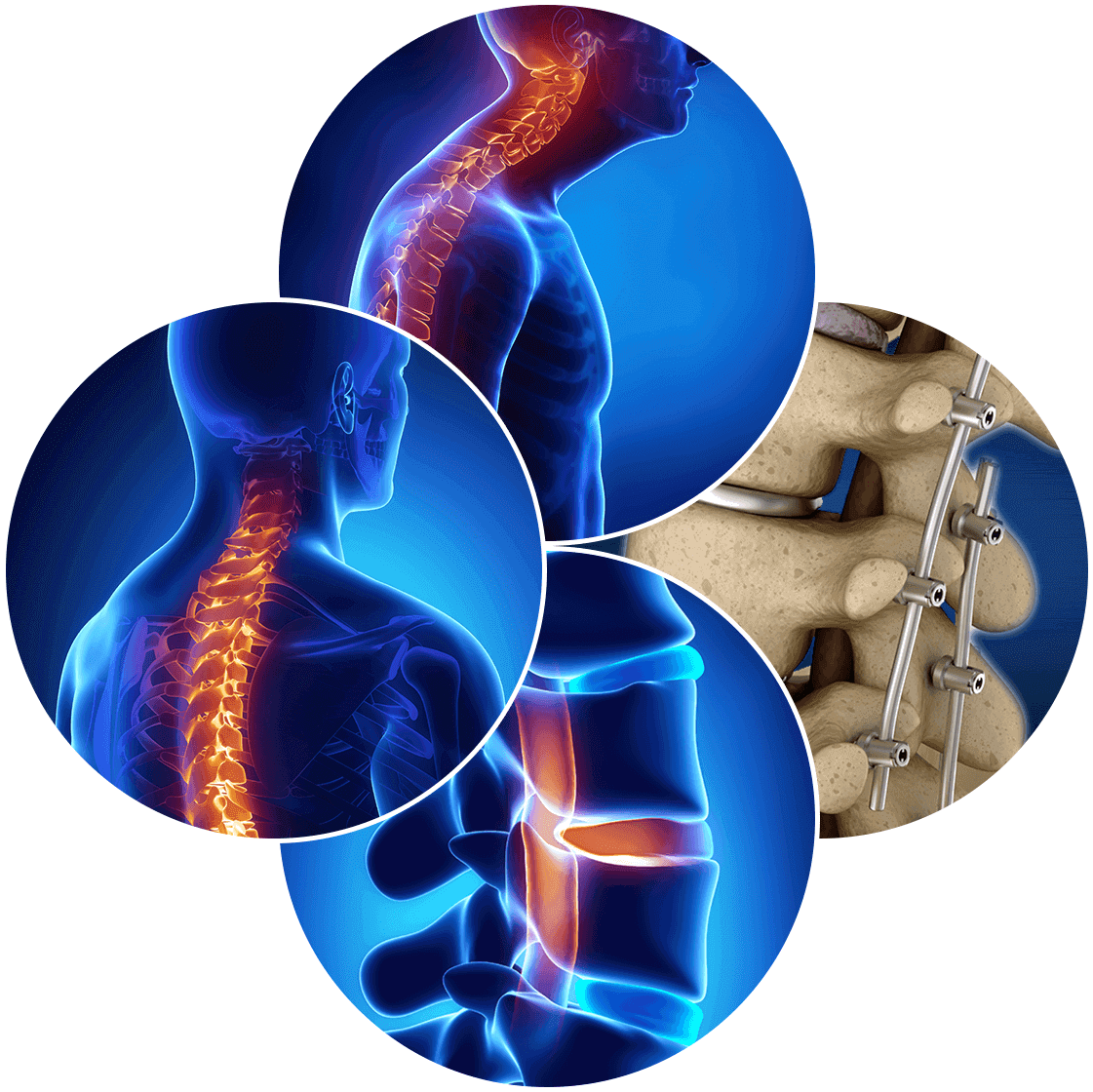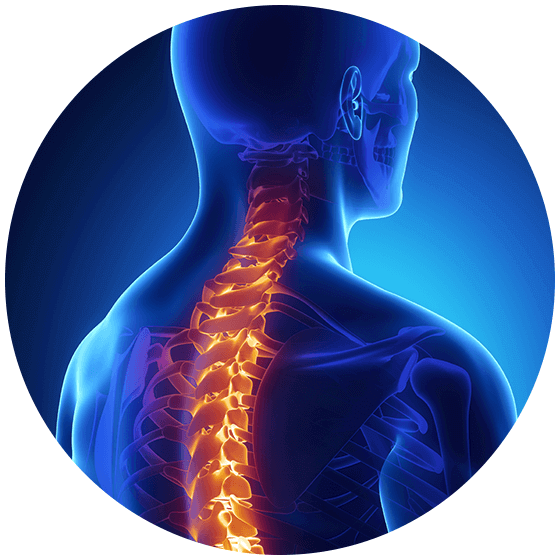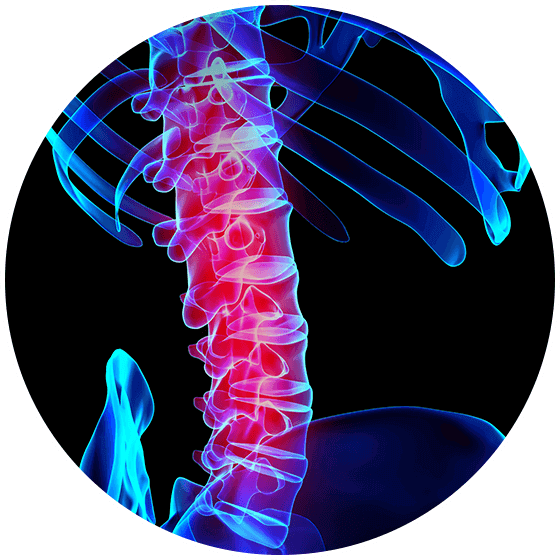Foraminotomy

Foraminotomy: Overview, Advantages, & Eligibility Criteria
Your foramina are passageways, or canals, that reside in-between each vertebra of your spine. These hollow openings allow the spinal nerve roots to exit from the spinal cord and extend outward to the body. Despite their small size, however, these doorways facilitate the delivery of crucial messages. In particular, these signals enable our sensation, reflexes, bodily functions—and ultimately—our survival.
However, a number of conditions can lead to the narrowing of these foraminal passageways, causing nerve compression, pain, or incapacitation. When prolonged symptoms occur, you may require a foraminotomy to reverse these painful side effects.
During a minimally invasive foraminotomy, your physician will begin by making a small 1 to 2-inch incision on your back. Your surgeon will make this incision above, or to the side, of the affected foramina. Then, your surgeon will gently move the muscles and nerves that cover this area of the spine to the side. With clear access to the affected foramina, your surgeon will use tiny, specialized instruments and magnification to perfect the procedure. Simultaneously, your doctor will remove a portion of the vertebra to relieve pressure on pinched spinal nerves. If your foramina have collapsed because of damaged disc material, your doctor will remove any protruding or herniated disc debris.
Following the excision of foraminal bone, your surgeon will return the muscles and nerves to their original location. Lastly, the small incision will be closed. Because of the extremely small size of the surgical opening as well as the minimal damage to internal tissues, closing the surgical site can often be accomplished without the use of sutures.
The benefits of this procedure often include the following:
Small 1 to 2-inch incisions, making the healing process faster, with less pain and scarring
Little to no damage to muscles, nerves, and ligaments in the back leading to less overall pain
Often performed as a same-day procedure; most patients return home shortly after surgery
Many patients will experience immediate relief from nerve pain after the procedure
Minimally invasive techniques lead to a faster recovery and return to normal activities
Advantages of a Foraminotomy
A minimally invasive foraminotomy is an effective option for treating the painful and debilitating symptoms of foraminal nerve compression. Regardless of the cause of your foraminal stenosis, a minimally invasive foraminotomy can probably reverse it. The foramina are small openings in the vertebrae that require extreme precision during surgery. With practiced surgeons like the award-winning Dr. Gatto, the experienced team at the Advanced Spine Center are experts in minimally invasive technology. Don’t suffer with debilitating spinal pain any longer: Call the Advanced Spine Center today to achieve pain relief and peace of mind.
Eligibility Requirements for a Foraminotomy
If you are experiencing debilitating pain caused by compressed spinal nerves in the foramina, then a minimally invasive foraminotomy may be able to remedy your condition. Symptoms that may be present include: localized pain, radiating pain down the arms or legs, and tingling or burning sensations in the back or radiating down the limbs. If more conservative treatments have failed to resolve your foraminal stenosis, then consult a physician to assess your need for a foraminotomy.
If you have infection at the proposed site of surgery, structural instability in the vertebrae, or any major (and potentially disqualifying) health concerns, then a foraminotomy may not be the right procedure for you.



